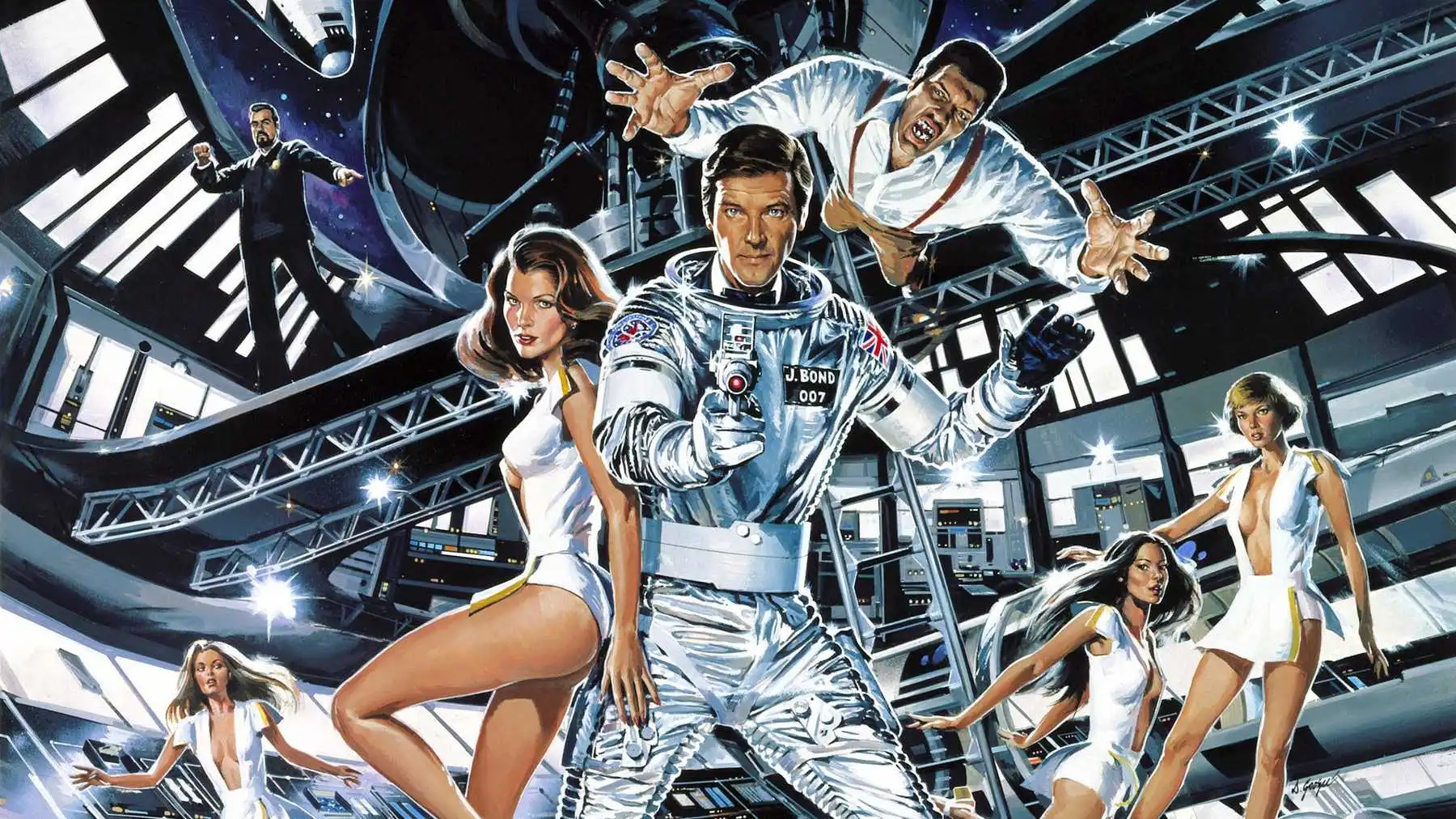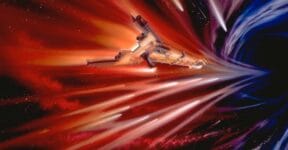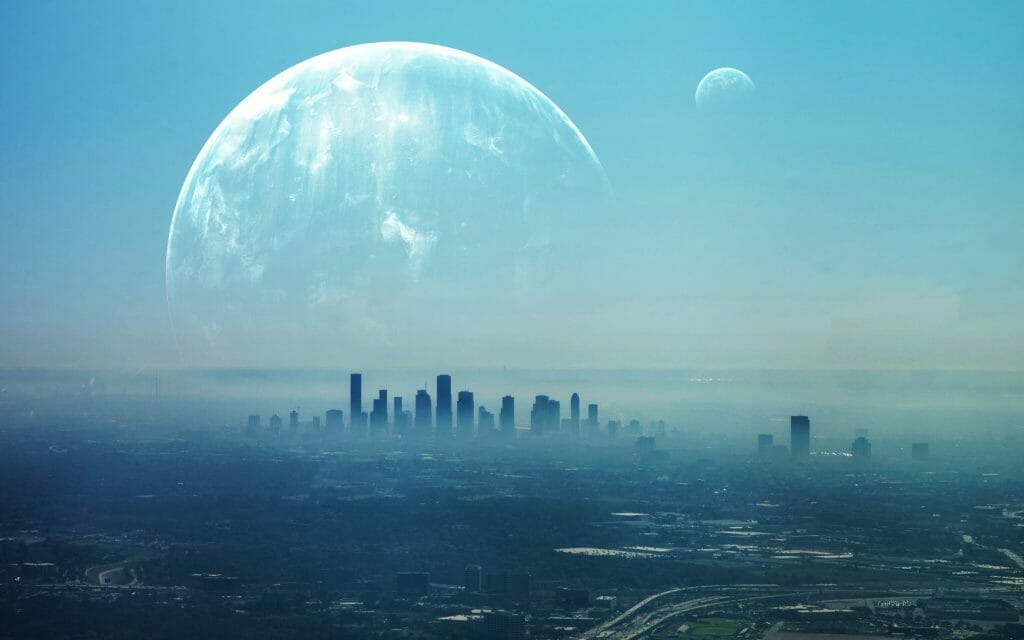Among all the sci-fi horror films from 1979, Ridley Scott’s Alien is the obvious favorite. It might even be the best sci-fi horror of all time. However, this doesn’t mean that any other film released in the same year isn’t worth revisiting. Take “The Black Hole” for example; produced by Disney, it boasts one of the most impressive cosmic horror practical effects ever put on screen. It probably isn’t as scary as Alien, but everything about the film is outright retro and definitely an interesting piece of filmmaking history. And then you have Moonraker, a James Bond movie partially set in space, showcasing that Agent 007 is licensed to kill not only on the surface of the planet but way above as well.
Alien
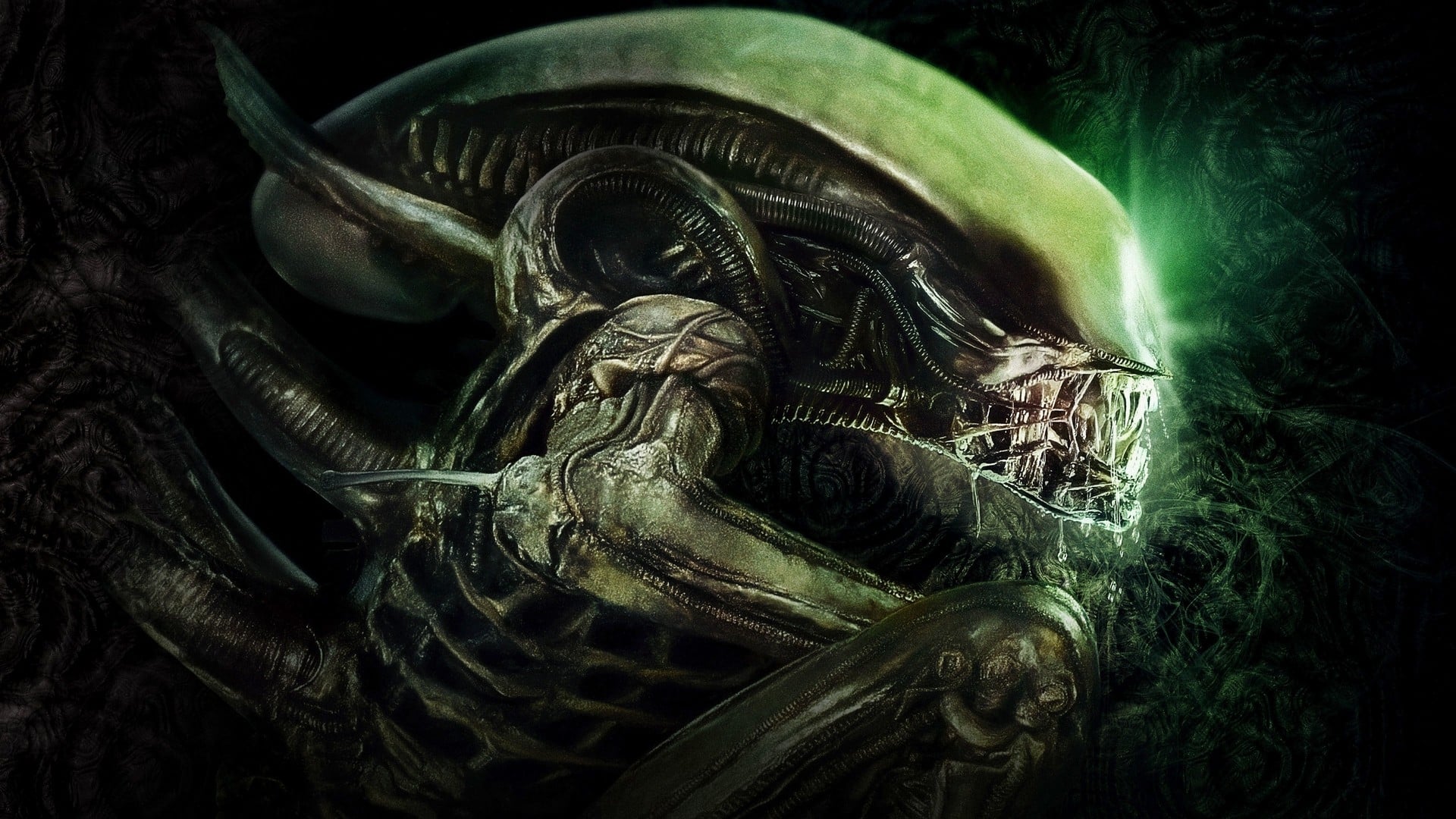
The all-familiar expression “In space no one can hear you scream” has grown from just a tagline in a movie poster into a catchphrase that represents a portal into the cosmic horror adventure. It’s good because it’s true, and memorable because it’s attached to one of the most iconic sci-fi horror films of all time, Ridley Scott’s Alien. Like all movies released in the 1970s, Alien looks predictably retro if you watch it today.A lot of things you see in the movie helped define what a sci-fi horror film should be. From its depiction of space exploration as a cold, dirty, and dark future to the way it personifies the terror that a hostile extraterrestrial monster can unleash on humanity at large.
The premise is pretty simple: a commercial spaceship called Nostromo is returning to Earth when it detects a transmission from a nearby planet. Nostromo’s onboard computer awakens the crew from their suspended animation state and lets them investigate. One of the crew members doing EVA is attacked by an alien; disobeying protocol, he returns to Nostromo and unknowingly carries an alien parasite inside his body. When the parasite eventually bursts out of his chest, all hell breaks loose.
In all honesty, everything that can be said about Alien has already been said. Not only is it a sci-fi horror classic, but a legend in the entire film industry. The Xenomorph is both terrifying and unique, and the plot elements with rogue AI and heroine are as exemplary as they are groundbreaking. Alien is without a doubt a film ahead of its time, with story and special effects that live up to the standards of today.
The Black Hole
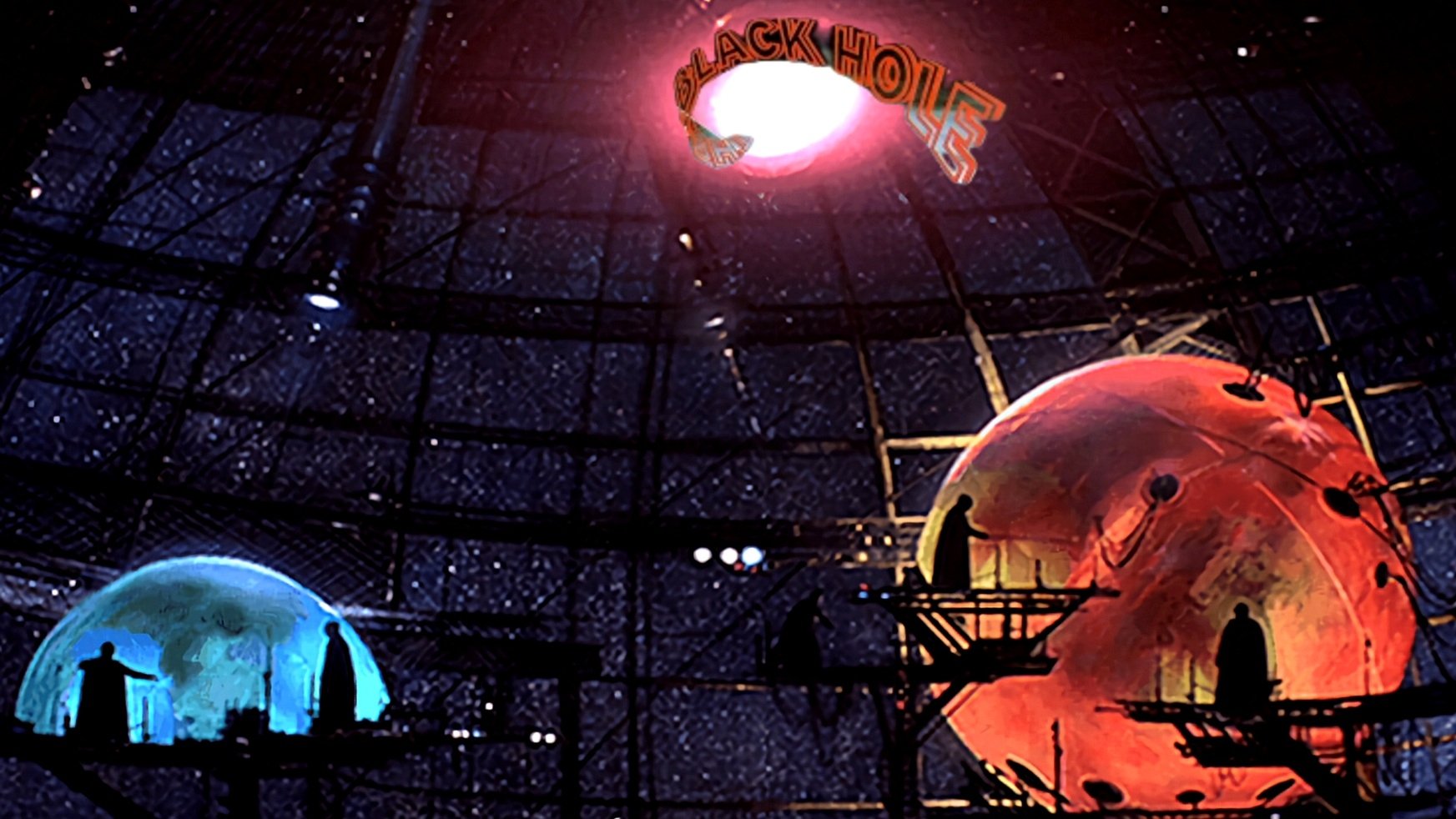
One of the relatively rare Disney’s ventures into the dark tone storylines of sci-fi horror, The Black Hole cost $20 million plus an advertising budget of $6 million, making it the most expensive film ever produced by Disney at the time of its release in 1979. Unlike Alien, which actually terrifies you with a monster and all the brutal killings, The Black Hole is scary mostly because the visuals bring out a sense of unease, discomfort, and troubling anticipation of what’s next.
Set in the near future, the story concerns the crew of the U.S.S. Palomino as it makes its way back to Earth from an exploration mission to discover life in deep space. While the mission itself has proven to be fruitless, the journey home seems to promise enough when they come across another spaceship hovering on the edge of a black hole. It turns out to be the U.S.S. Cygnus, a spaceship that vanished 20 years ago after the captain had refused the order to return to Earth. Intrigued by the situation, the Palomino attempts to do a flyby inspection, only to sustain damage from the back hole. Forced to dock, the crew comes to realize that Cygnus is fully operational and still has a crew of its own. They’re all robots under the command of Dr. Reinhardt.
Things get fascinating when the crew of the Palomino discovers everyone is at a real risk of losing their lives under the watchful eyes of Reinhardt. While the Cygnus is intact, the original crew has been entirely replaced by an army of robots. It’s revealed that Reinhardt plans to lobotomize everybody and take the Palomino along with him to enter the Black Hole.
Nothing sounds retro about the premise, but one thing that separates The Black Hole from the rest of its more modern counterparts is the sheer volume of practical effects used for the production. You’re talking about matte paintings, miniatures, props, double exposure photographs, and blue screen captured into motion pictures using mostly traditional camera techniques.
Moonraker

We wouldn’t go as far as putting Moonraker, a James Bond film, under the sci-fi horror category. Yes, it does have sci-fi elements because some of the major action sequences happen in space. Yes, it also has the typical megalomaniac Bond villains as Drax, who plans to use nerve gas to destroy the entirety of humanity, except for a select few to inhabit a space station orbiting the Earth. But overall, Moonraker is running rather thin in the horror department.
The story kicks off with a Moonraker Space Shuttle getting hijacked midair aboard the Shuttle Carrier Aircraft; the carrier is blown to pieces, while the shuttle itself seems to disappear without a trace. MI6 Agent 007–this time portrayed by Roger Moore–is sent on a mission to investigate the matter. Over the course of the investigation, he discovers that Hugo Drax, owner of the Drax Industries, has built a network of state-of-the-art facilities all over the world to develop nerve gas created from the toxins of a rare flower indigenous to the Amazon jungle. So, that’s your sci-fi premise there. This toxin, when fully synthesized and dispersed into the Earth’s atmosphere, will end the human population. What comes next is a series of struggles leading to the ultimate battle between Drax’s spaceship and the U.S. space marines, in space.
As far as the modern sci-fi genre is concerned, Moonraker is probably one of the most retro-looking spectacles you can still watch without squinting your eyes every minute. Of all James Bond movies, even by the standard of the 1970s, Moonraker probably has the most ludicrous plot and is a little over the top with the visual effects. Even Sean Connery, who had played James Bond in six of the first seven films in the series, said that Moonraker departed too far from the credence of reality and that it had no substance. But is it entertaining? Despite all the silliness and the outlandish gadgets, it remains watchable.
We think of all the retro sci films 1979 produced, Alien remains sitting at the top of the list. It has been around for decades, showing little signs of becoming irrelevant. Alien still exerts hefty influences over modern filmmaking with such tropes as lost in space, woman as the main character, and the dark futuristic realism. The antagonist, Xenomorph, is a true masterpiece as it still today encapsulates the utter danger of an alien encounter and embodies perfectly the bewildering fear of the unknown in space. Alien is good not because it takes us back to the retro era in the 1970s, but it’s brilliant despite its retro nature.
Can you name some modern sci-fi horror films made in retro style? What do you think of the idea of an Alien remake? We’d love to hear from you.
Other Things You Might Want to Know
What is the first sci-fi horror film?
According to some sources, the first true sci-fi horror film is Frankenstein (1910), an adaptation of Mary Shelley’s 1818 novel, Frankenstein; or, The Modern Prometheus.
Apart from the Moonraker, are there other James Bond movies set in space?
A lot of James Bond movies deal with space weapons and satellites, but apart from the Moonraker, the only other Bond film to include a space setting is You Only Live Twice (1967).
How many Bond movies are there?
From 1962 to 2021, there are 25 Bond films produced by Eon Productions. There are two Bond films produced by other companies, including Casino Royale (1967) and Never Say Never Again (1983).

